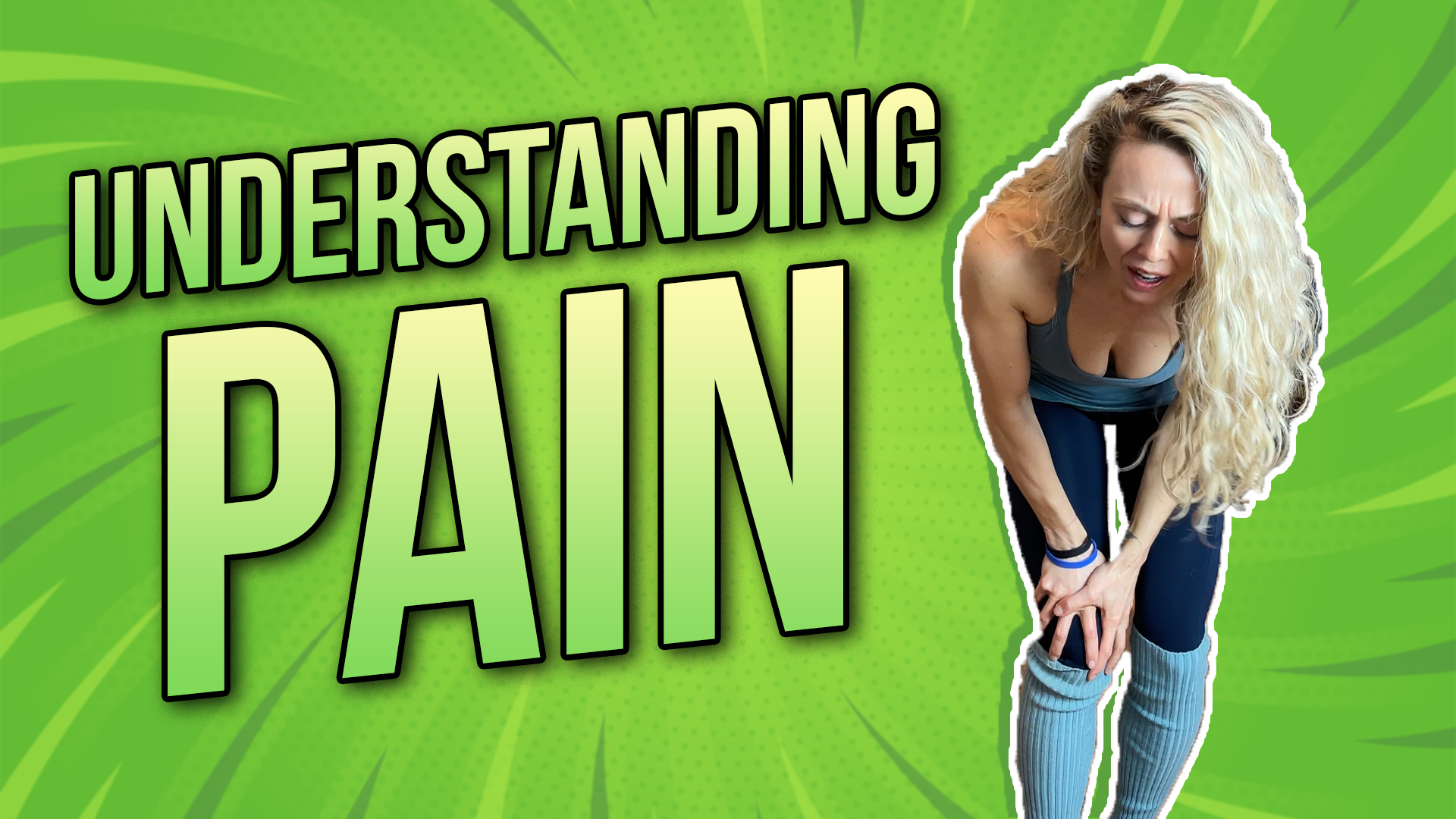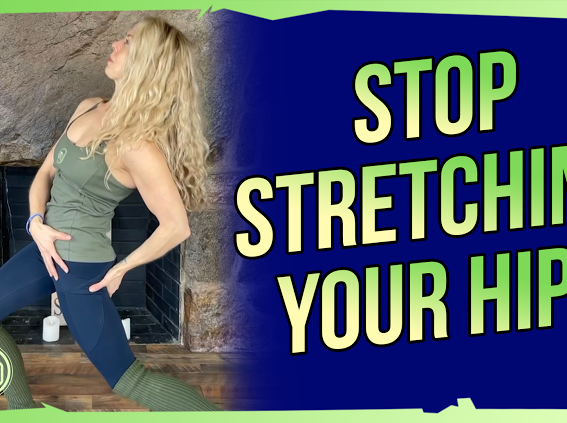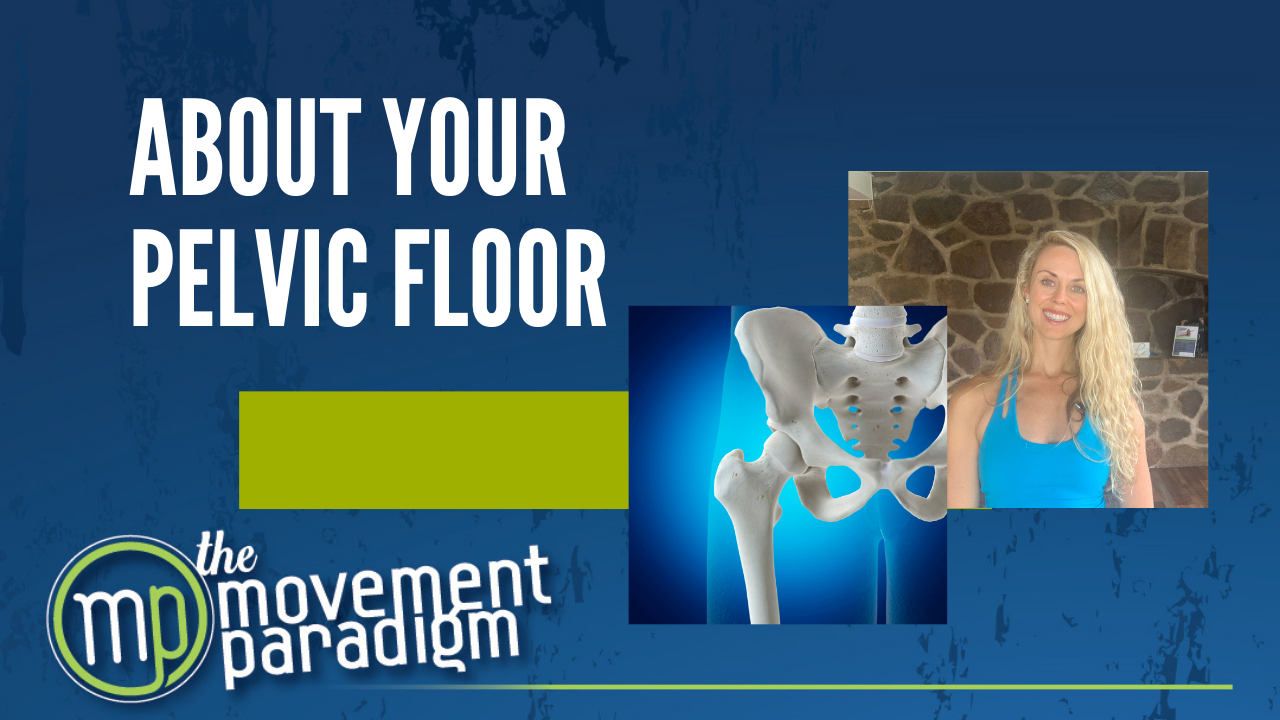You probably know that sugar is not the best for you, but do you know how it’s impacting your pain and inflammation in your muscles and your joints? Sugar is, in fact, at the top of the list as one of the biggest contributors to pain. Numerous studies continue to prove that sugar promotes pro-inflammatory markers. Why is that important? Chronic low level and systemic inflammation contributes to many of the health conditions that we face. In fact, 90% of all chronic disease is associated with inflammation.
Rather watch or listen than read?
Let’s discuss five different ways that consuming added sugars in your diet contributes to inflammation and therefore, pain.
1) Stimulates free fatty acids in the liver
When free fatty acids are digested by the body, the compounds that are released contribute to pro-inflammatory markers.
2) Produces Advanced Glycolytic end products (AGEs)
When sugar is combined with a protein or fat in the bloodstream, oxidation or inflammation in the body occurs.
3) Causes leaky gut
Increased sugar intake can contribute to leaky gut, also referred to as intestinal permeability. We have tight junctions in our gut that function as a protective barrier to not let toxins and pathogens move through into our bloodstream. However, in the case of leaky gut, these tight junctions break down and foreign invaders can pass through to the bloodstream. This, in turn, creates an immune response. This can also contribute to leaky brain. Leaky brain is where these pathogens, toxins, and foreign invaders cross the blood-brain barrier and can contribute to brain fog, loss of clarity, memory issues, etc.
4) Increases LDL
When we have increased LDL from overconsumption of sugar, there is an increase in inflammatory markers, specifically C-reactive protein.
5) Causes weight gain
Increased sugar consumption can lead to weight gain, which thereby increases your insulin resistance as well as inflammation. That can contribute to a whole cascade of other symptoms.
In one study that was performed, the participants who drank 40 grams of added sugar a day (one soda), increased their insulin resistance, inflammation, and LDL markers. Also, consuming 50 grams of fructose within 30 minutes can increase your C-reactive protein, an inflammatory marker. Lastly, 50 grams of refined carbohydrates in the form of white bread can increase your pro-inflammatory marker, niuclear factor-kappa B (NF-kappa B), and increase blood sugar.
Now you have a little bit of a better understanding of how sugar impacts your body, specifically inflammation, and therefore pain. If you’re in a chronic inflammatory state, you’re pain will likey be higher. Your first step in evaluating sugar is to track it. See how many grams a day you are consuming.
There is a difference between natural sugars and added and refined sugars. That doesn’t mean you need to eat six fruits a day, however. As it relates to added sugars, you want to have less than 20 grams of sugar. That means you have to think about how many grams of sugar is in your creamer, salad dressing, tomato sauce, etc. In most cases, there is high fructose corn syrup in those as well. You want to evaluate how many grams a day you’re actually getting and then begin to slowly decrease it. You don’t need to do it overnight. It is important to recognize that if you are consuming a lot of sugar, you can have a significant die-off reaction as you begin to eliminate those sugars from your diet. Just begin to slowly work them out of your diet and transform to a more natural, whole food plan.
Reach out for a 15-minute FREE discovery session to see how we can help you on your journey.
For more content, make sure to subscribe to my YouTube channel here.
Other things that may interest you:
What Should You Eat For Chronic Pain? | Nutrition for Chronic Pain





